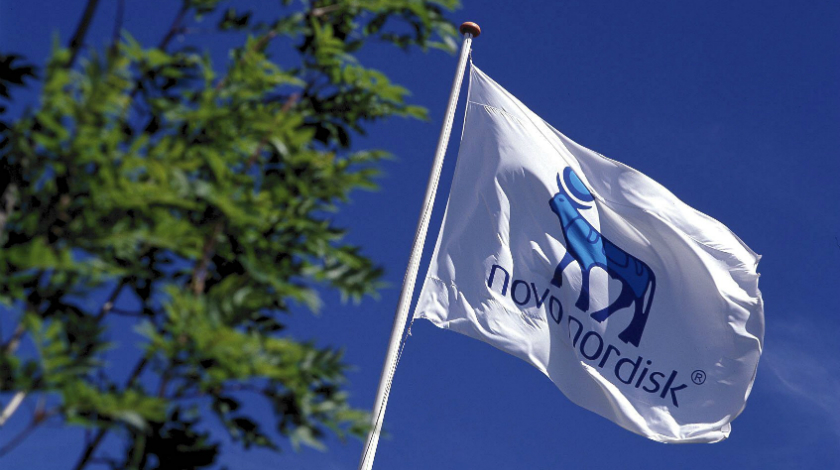Novo launches type 2 diabetes pill in UK after NICE waives review

Novo Nordisk has launched its type 2 diabetes pill Rybelsus (semaglutide) in the UK, after cost-effectiveness watchdog NICE decided that there was no need to review it.
After EU approval in April Novo said it had priced Rybelsus at parity with rival GLP-1 drugs in the UK, and NICE will not perform a single technology appraisal as a result, allowing the company to begin negotiations in England and Wales to get the drug included on NHS formularies.
The Scottish Medicine Consortium will make a decision on whether to reimburse the drug later this year, while NICE will consider including it in national prescription guidelines.
All of Rybelsus' GLP-1 class rivals are injected, with all the associated complications and inconvenience.
While Novo Nordisk and rivals Eli Lilly and AstraZeneca market weekly GLP-1 class drugs, Novo Nordisk hopes that Rybelsus will gain market share by doing away with the need for regular injections.
The company also highlighted clinical data showing that Rybelsus achieved significantly better blood sugar reduction at one year compared with commonly used rivals – Eli Lilly/Boehringer Ingelheim’s DPP-4 Januvia (sitagliptin) and SGLT-2 Jardiance (empagliflozin) and Novo’s own daily GLP-1 Victoza (liraglutide).
Clinical data also showed that seven out of 10 patients treated with Rybelsus met a blood sugar (HbA1c) target of 7% or less, compared with the UK average of 40%.
Novo added that the drug also produced consistent weight loss and can be quickly prescribed in doctors’ surgeries.
According to a 2014 survey cited by Novo Nordisk, nearly 47% of UK GPs reported that injections can be barriers to prescribing GLP-1 drugs, with patient adherence issues and time taken to teach injection technique identified as problems.
The drug can be prescribed remotely, which could reduce risk of COVID-19 transmission from face-to-face appointments with doctors.
The most common adverse reactions were nausea, diarrhoea and hypoglycemia when used with insulin and/or sulfonylurea.
The drug has a black triangle warning on its box to indicate that extra monitoring is necessary.













